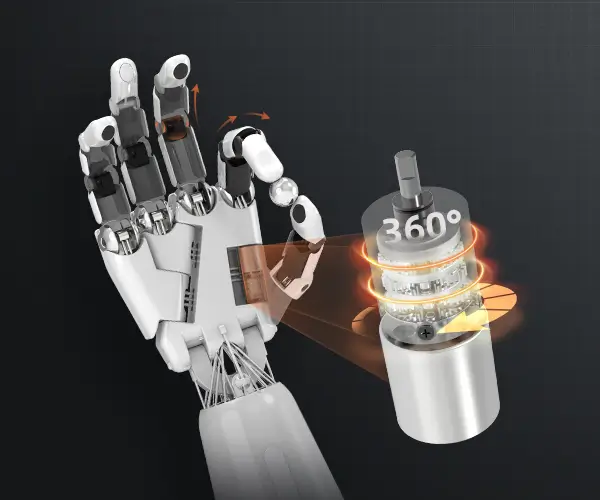part 1:
In an era where automation and robotics are transforming industries at an unprecedented pace, servo motors stand out as crucial components in achieving precision control, reliability, and smooth operation. Traditionally, high-performance servo motors came with hefty price tags, restricting their adoption primarily to well-funded sectors like aerospace, automotive, or high-end manufacturing. However, recent technological advancements and economies of scale have paved the way for a new class of servo motors—low cost servo motors—that are making automated solutions accessible to small businesses, educational institutions, hobbyists, and startups.

Understanding Low Cost Servo Motors At their core, servo motors are a type of rotary actuator capable of precise control of angular position, velocity, and torque. They are distinguished by their feedback mechanism—often encoders or resolvers—that allow for real-time adjustments and high accuracy. While premium servo motors can be complex with sophisticated control systems, low cost servo motors capitalize on simplified design, mass production, and the use of affordable materials to deliver reliable performance at a fraction of the cost.
These servo motors typically use brushed DC motors or coreless motors paired with basic feedback systems. While they might lack some high-end features of premium models—such as ultra-fast response times or extremely high torque—they are more than capable of handling tasks in robotics, CNC machines, camera positioning systems, and educational projects.
The Advantages of Going Low Cost Switching to or choosing low cost servo motors offers multiple advantages:
Affordability: The primary benefit, of course, is cost reduction. Lower manufacturing costs translate into lower prices for end-users, enabling a broader range of applications without the need for hefty capital investment.
Accessibility: With reduced prices, a wider array of individuals and companies can experiment with automation, fueling innovation and creativity. Hobbyists can build robots, students can learn about control systems, and small businesses can implement automation in their workflows.
Ease of Integration: Many low cost servo motors are designed with standard control interfaces, such as PWM or serial communication, simplifying the integration process within existing systems.
Decent Performance for Basic Tasks: Despite their lower price, many low cost servos perform adequately for applications involving light to moderate loads, making them ideal for educational purposes, prototypes, or small-scale manufacturing.
What Makes a Servo Motor Low Cost? The key factors influencing cost include:
Materials and Manufacturing Processes: Standardized production, use of plastic housings, and simplified internal components help keep costs down. Simplified Feedback Systems: Instead of high-resolution, multi-turn encoders, low cost servos often use basic potentiometers or less precise sensors. Motor Type: Brushed DC motors are cheaper than brushless counterparts, offering a good balance of cost and performance. Performance Specifications: Lower torque, speed, and precision requirements keep the overall price manageable.
Applications Blooming in the Low-Cost Realm The versatility of low cost servo motors is evident across various sectors:
Educational Robotics: A staple in classrooms and DIY kits, low cost servos help students grasp fundamental concepts of control systems, robotics, and programming. Prototyping and Development: Innovators and startups leverage affordable servos for quick prototypes before committing to more expensive options. Hobbyist Projects: Whether building remote-controlled cars, planes, or armatures, hobbyists find budget-friendly servos an attractive choice. Light Industrial Use: Small automated systems in packaging, sorting, or assembly lines often rely on cost-effective servos for reliable operation without overspending.
Market Trends and Future Outlook The proliferation of low cost servo motors is driven by ongoing miniaturization, better electronics integration, and mass production. Companies now offer plug-and-play solutions that are easy to set up and calibrate, reducing development time. As technology continues to improve, expect even more sophisticated features—such as better sensors and smarter control algorithms—to become affordable, further democratizing automation.
The rise of open-source hardware and community-driven innovation also plays a significant role. Enthusiast communities share designs, modifications, and troubleshooting techniques that help improve the performance of low cost servo motors without significantly increasing cost.
The entry of Chinese manufacturers and other emerging markets has contributed significantly to lowering costs, making servo technology accessible globally. While these low cost servo motors may not replace premium units in high-stakes applications, they open up a world of possibilities where affordability and functionality intersect.
Leveraging innovations in modular drive technology, Kpower integrates high-performance motors, precision reducers, and multi-protocol control systems to provide efficient and customized smart drive system solutions.




































